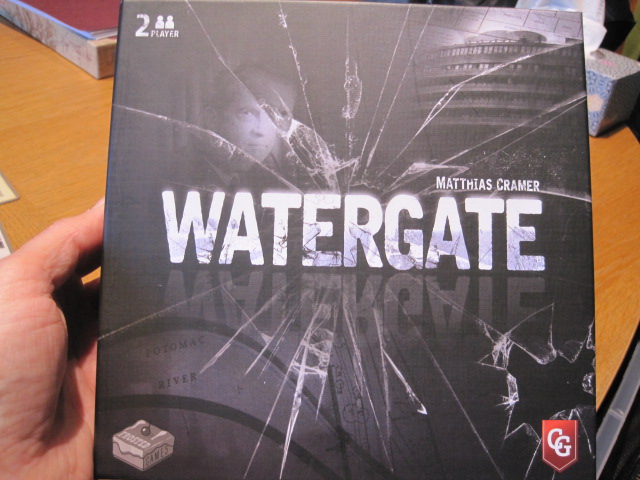King Phillip's War is a two player wargame about the 1675-78 conflict between the indigenous First Nations of New England under King Phillip (the Wampanoag sachem, Metacomet) against the New England colonists and their First Nation's allies. A wikipedia article is here.
The game focuses on the time between summer of 1675 to the summer of 1676, the time period of the most critical of the conflict. Each turn is either the start or end of a season or the entirety of winter. Fallen troop units can enter play for the colonists the next turn and fallen leaders can enter play two turns later.
Colonists are limited in moving by ports (a colonist exclusive ability) or paths with a single white dot surrounded by red. Metacomet's forces can move by river or any trails, but the cost of moving on a trail is the number of white dots on the trail. The combat system is unique and reflective of the early combat of the time. The attacking player takes the two dice, each in different player's colours, with the special die and rolls them. If the results come up doubles, no combat takes place for a variety of reasons. If not, if the result is even the special die affects the colonists and if odd King Phillip. The special die is one of six events such as spy, reinforcements, and panic. The results of the special die are applied at different times but generally before combat results are applied. The number on a side's die is compared to the strength of the side in battle on a chart. Each side takes casualties and victory as well as provisions tokens are moved.
At the beginning, Metacomet can move more stacks of units and therefore conduct more activities on the map board. However at the start of each turn, a die is rolled by the colonists to see if Benjamin Church comes into play, whom was the creator of the type of unit that would become the US Rangers. He was the creator of light mixed colonist and friendly First Nations people to better raid Metacomet's allies and lead forces through the wilderness. At that point in the game, colonists can move up rivers and the trail one dot restriction is lifted.
For this first game I as the colonists, through bad luck by my friend as Metacomet, prevented him from achieving the second raised to the ground colonist village. Therefore he never gained the support of the next First Nations tribe. By slowly encircling his remaining forces and restricting options, again through bad luck, the game was decided before the winter of 1675. In an average game, Metacomet would have achieved support of many tribes and been able to put the colonists on their backs and have it be much tougher to win.
Historically this conflict was horrible for the colonists and deadly for the First Nations of the New England colonies. It did elevate the idea of the possibility of independence on both sides, setting the stage for First Nations support for the French against the English (King William's War and the French and Indian War) as well the American Revolution.
I would like to play this game again to more explore this important historical period that shaped the history of Canada and the United States.













